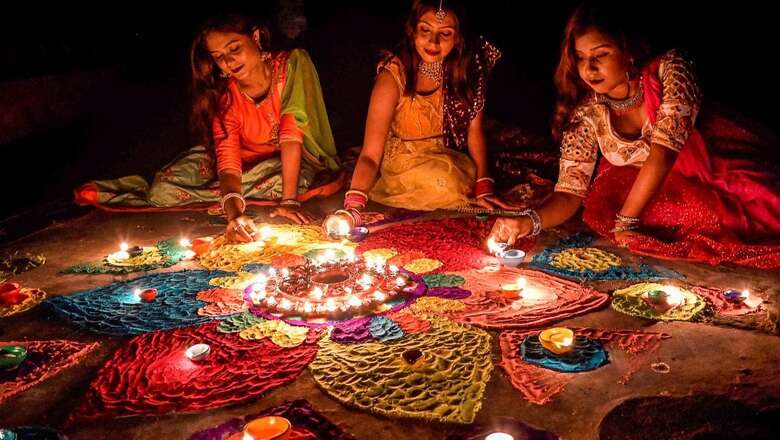
views
Diwali, also known as Deepavali, is one of the most significant festivals celebrated by millions of people across the world. The festival of light is not only celebrated across India but also celebrated by millions across the world.
The auspicious Hindu festival of Diwali, which falls on November 12, this year, is marked with pomp across the country. It symbolises the spiritual victory of light over darkness, good over evil and knowledge over ignorance.
The festival is marked according to the lunisolar Hindu calendar and falls between mid-October and mid-November on the 15th day of Kartik month.
Here’s how the festival of light is celebrated in different parts of India:
North India
In North India, the festival marks Lord Rama’s return to Ayodhya with Maa Sita and Lord Lakshman after spending 14 years in exile and defeating the King of Lanka, Ravana. Everyone lights the house with rows of diyas to celebrate the return of Lord Rama, his wife Sita, and his brother Laxman.
The tradition of lighting diyas and fireworks continues in Uttar Pradesh, Punjab, Himachal Pradesh, Haryana, Bihar and neighbouring areas while in Himachal Pradesh, Delhi and Punjab, people also engage in gambling on Diwali night as it is considered to be auspicious.
Uttar Pradesh
The holiday is always celebrated with tremendous zeal by the people of Uttar Pradesh. The banks of the sacred Ganga including Varanasi come alive with festivities while priests recite prayers on the banks, it is illuminated by floating earthen lanterns.
Uttar Pradesh’s Ayodhya witnessed grand Deepotsav celebrations and illuminated its ghats with lakhs of earthen lamps. On the eve of Diwali, the temple city broke its own world record as about 22.23 lakh diyas were lit at the same time across 51 ghats in Ayodhya to create a new Guinness World Record.
Gujarat
In Gujarat, Diwali is a time for Garba and Dandiya Raas dances. As per reports, a very auspicious Diwali custom in Gujarat is to keep a diya lit with ghee and left burning the whole night, then the flame is collected next morning and use it to make kajal, which is applied to ward off bad luck.
South India
In the southern states, Diwali is marked by the creation of exquisite ‘kolams’ – intricate rangoli designs that adorn doorsteps. Families gather for prayers and traditional rituals, offering sweets and savouries.
The bursting of crackers adds to the celebrations, and the air is filled with the rich aroma of festive delicacies.
Maharashtra
The festival is interestingly different from other parts of the country as Diwali in Marathi families start with Vasubaras, a celebration held in honour of cows.
As part of the rituals, married women worship cows having calves. The tradition symbolises a woman’s gratitude towards cow for serving them and their children.
Northeast India
In northeast India, the festival is celebrated with unique cultural flavours including traditional dance and rituals. The lighting of diyas symbolises hope and positivity, creating a harmonious blend of tradition and regional diversity.
In Sikkim, a local festival called Tihar is organised, which is celebrated by the Gorkha-Nepali community. The celebration commemorates different animals on different days, including cows, dogs and bullocks.
Punjab
In Punjab, Diwali coincides with Bandi Chhor Diwas, a Sikh festival marked by lighting homes and gurudwaras, fireworks and feasting. Punjabi Hindus worship Goddess Lakshmi during Diwali. This celebration also signifies the onset of winter in Punjab.












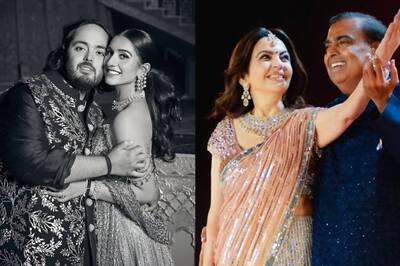

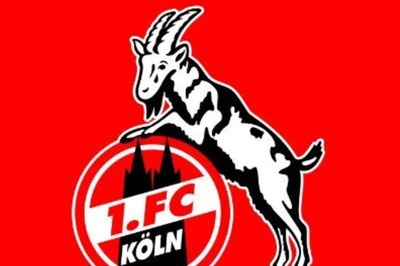
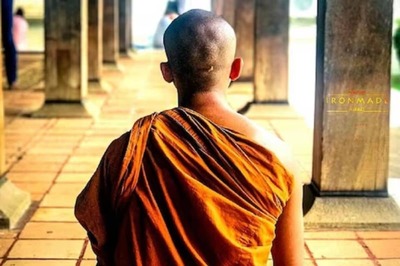
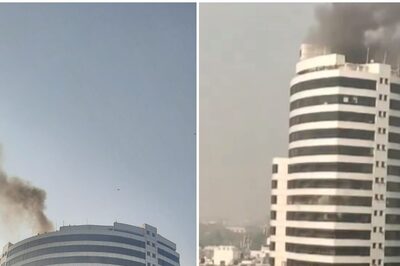
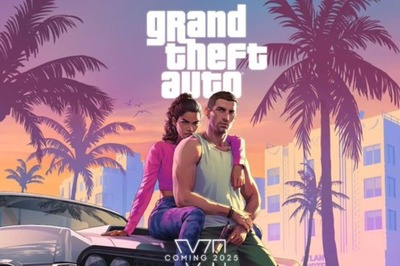
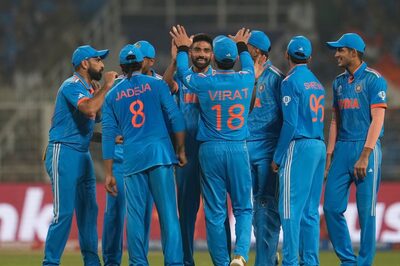

Comments
0 comment